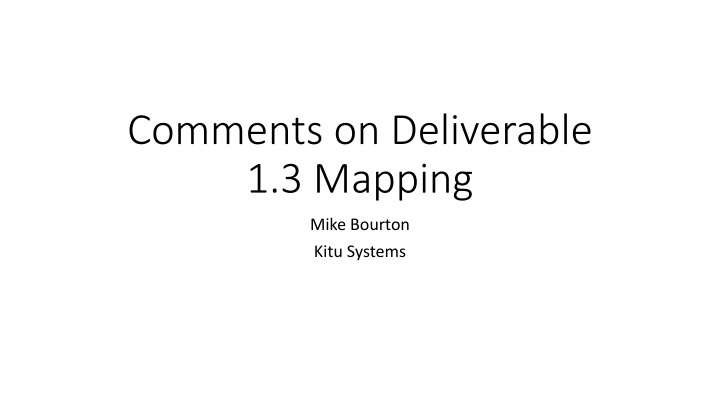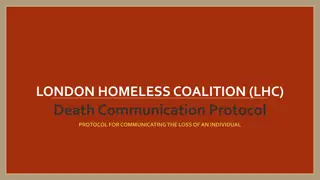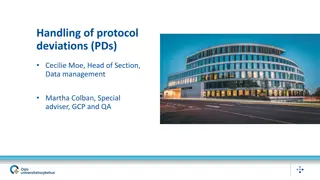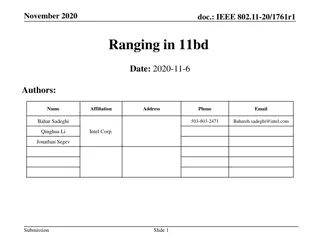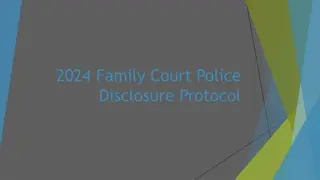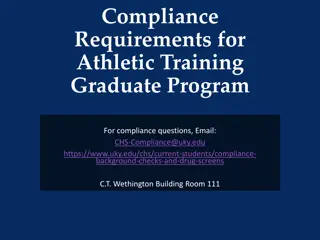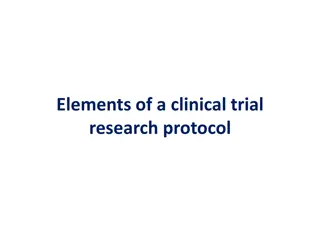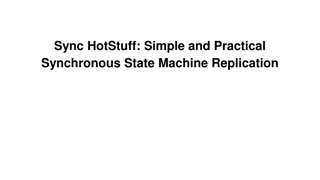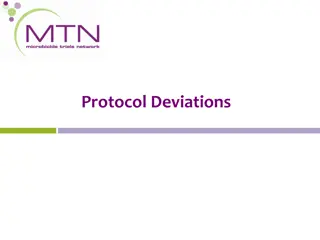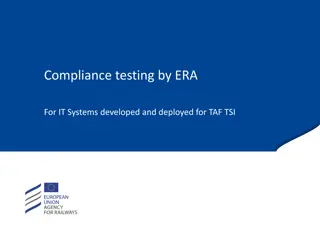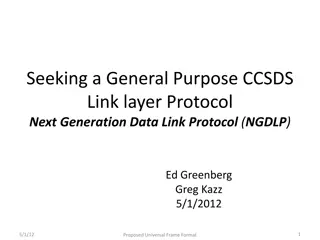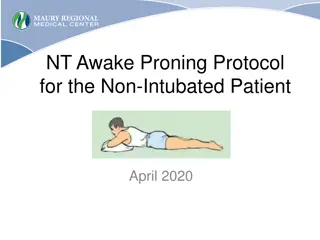Protocol Compliance and Requirements Analysis
This content discusses the compliance of protocols with requirements in Deliverable 1.3 mapping, focusing on IEEE2030.5-17. It covers changes in requirements, protocol functions, protocol comparisons, and overall observations.
Download Presentation

Please find below an Image/Link to download the presentation.
The content on the website is provided AS IS for your information and personal use only. It may not be sold, licensed, or shared on other websites without obtaining consent from the author.If you encounter any issues during the download, it is possible that the publisher has removed the file from their server.
You are allowed to download the files provided on this website for personal or commercial use, subject to the condition that they are used lawfully. All files are the property of their respective owners.
The content on the website is provided AS IS for your information and personal use only. It may not be sold, licensed, or shared on other websites without obtaining consent from the author.
E N D
Presentation Transcript
Comments on Deliverable 1.3 Mapping Mike Bourton Kitu Systems
General Comment on Deliverable 1.2 F.1.12 Dynamic Reactive Current Requirements At the time of use case case submission this requirement was a candidate for Rule 21 as a required function. This requirement has subsequently not been included by the Smart Inverter Working group as it could not be clearly defined and therefore was not included in the IEEE2030.5-2017 final draft, which is now in ballot. Therefore, this requirement should be removed from the matrix for all protocols in Deliverable 1.3.
Comment on IEEE2030.5-2017 Mapping F.M1 GPS Location At the time of mapping, IEEE2030.5-17 was still in development. However, this function has now been submitted for consideration at the ballot stage. It has been confirmed by the Editors that this will be added in the final specification, due for publication at the end of this year. Here is the submission Microsoft Word Document This applies also to SAE and Telematics mapping F.M1 was a requirement for the telematics to provide the EV location, that is provided using the EVSE path. (The EVSE is a known location)
Overall Comment Given the above observations, there are three protocols that fully comply with the requirements, with the publication of IEEE 2030.5-17 which is in ballot and will be published shortly: IEEE2030.5 Telematics SAE Only about 10% of IEEE2030.5 functions have been used to meet the VGI use cases requirements and therefore could meet many of the future use cases, not yet defined.
Other Observations IEEE2030.5 is the only protocol that fully meets all of the identified requirements and can be used by all of the nodes, including BMS in the VGI path IEEE2030.5 can provide alternative J1772 control with EVSE Client IEEE2030.5 can establish an cyber-secure end to end VGI communication path between any of the nodes in the architectures It does not expose data at any point IEEE2030.5 can be used for fragmented use cases E.g. Site Controller Managing local EVSE or EV IEEE2030.5 is compatible with the Telematics path directly to the EV IEEE2030.5 can manage extensive range of other energy devices and is defined for use in both Solar and Energy Storage but can be used to manage Thermostats, Pumps etc.
Architecture that meets all of the requirements EV Service Provider BMS Aggregator DCPC Utility DC Only EVSE SAE2847/2 (ISO/IEC 15118/3) or IEEE2030.1.1 EVSE Service Provider
